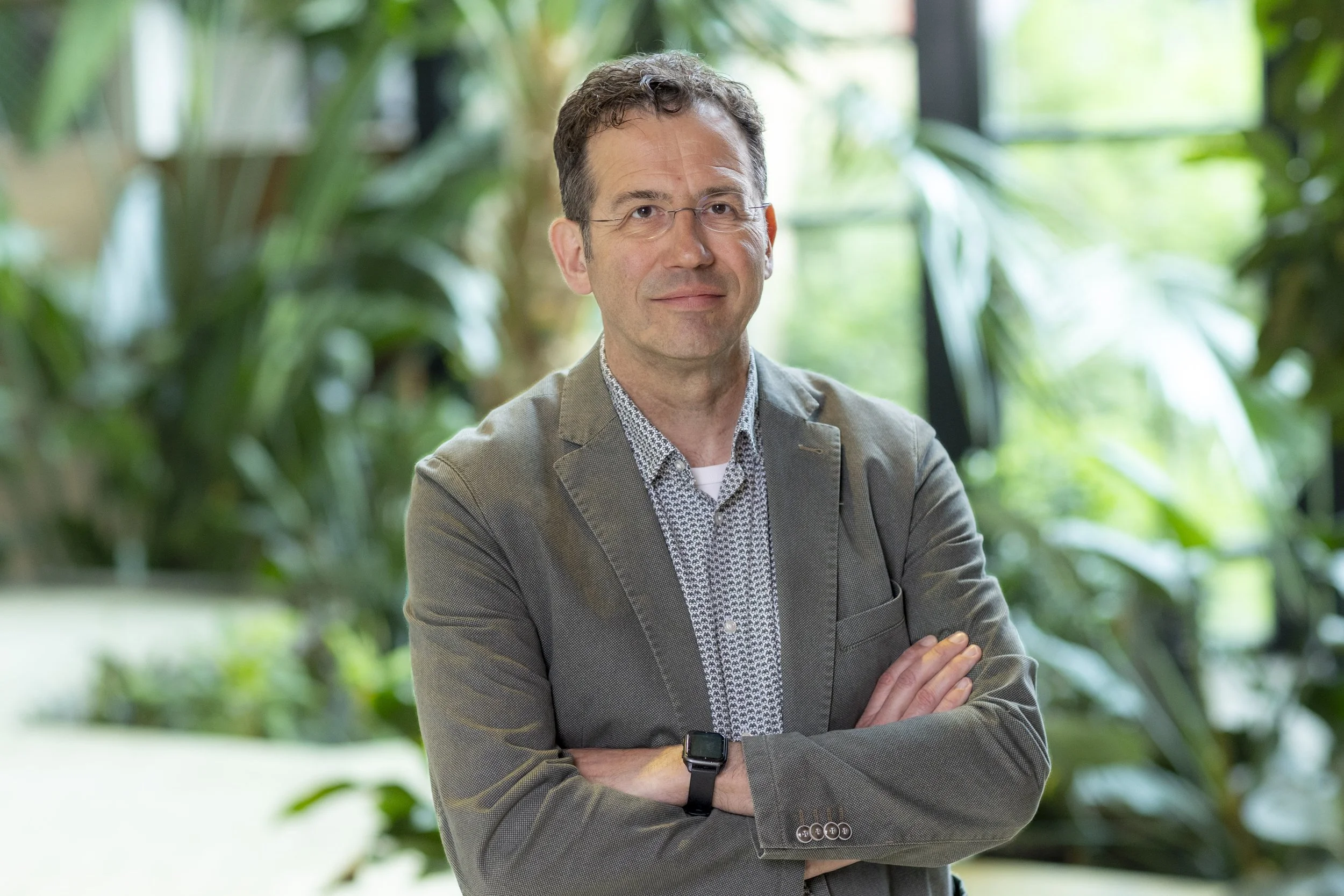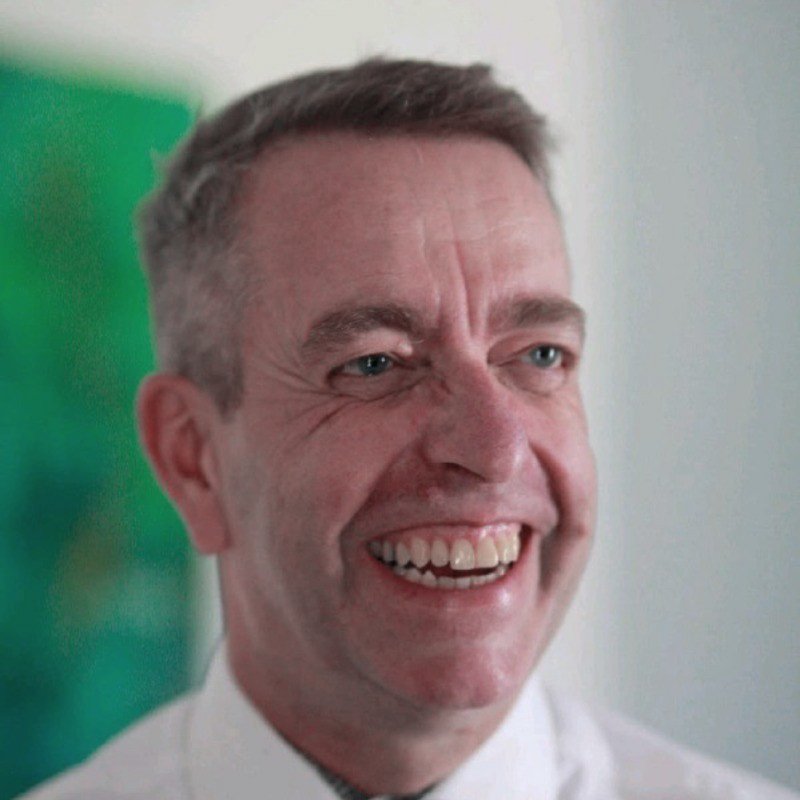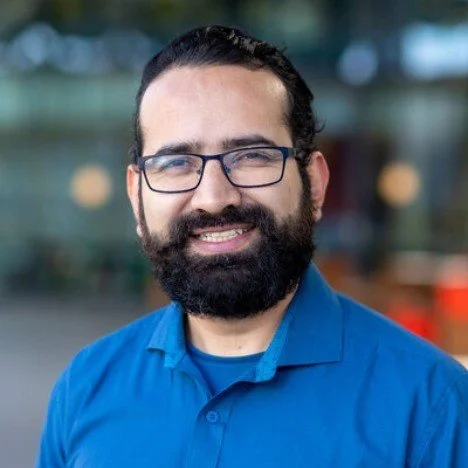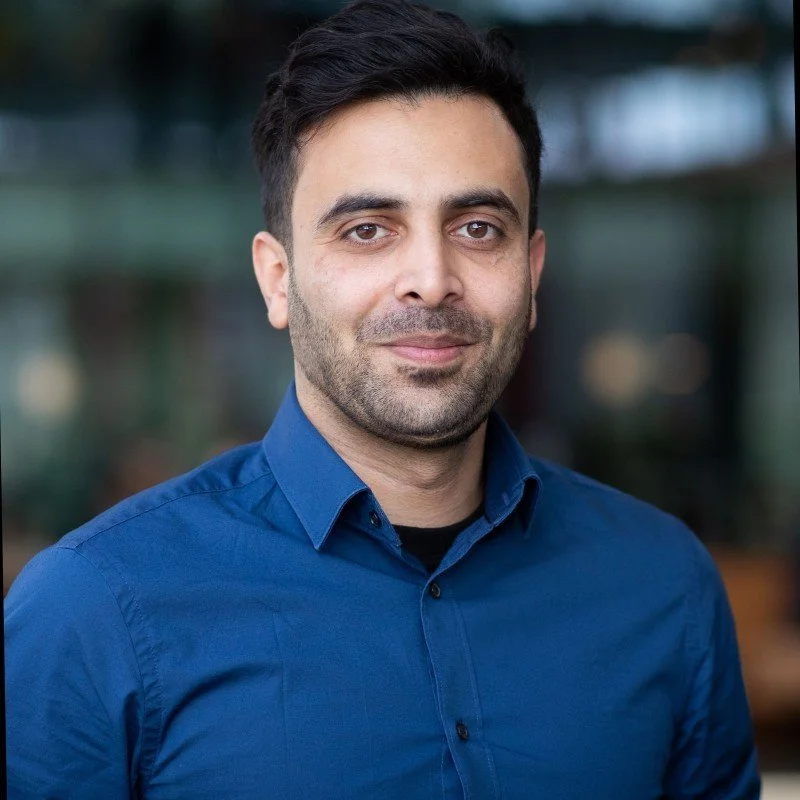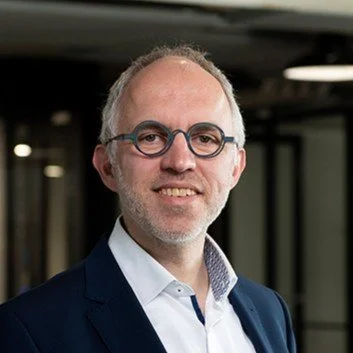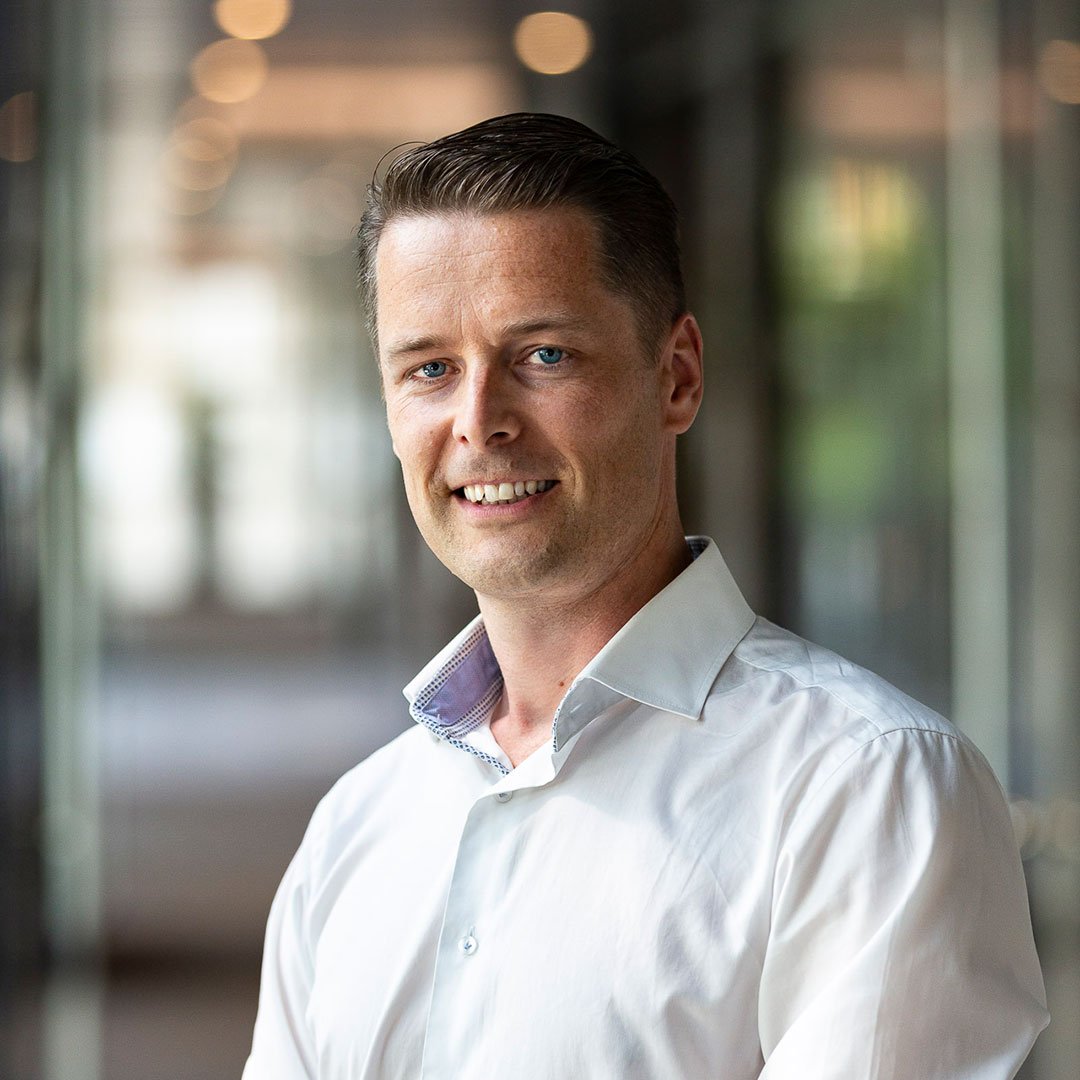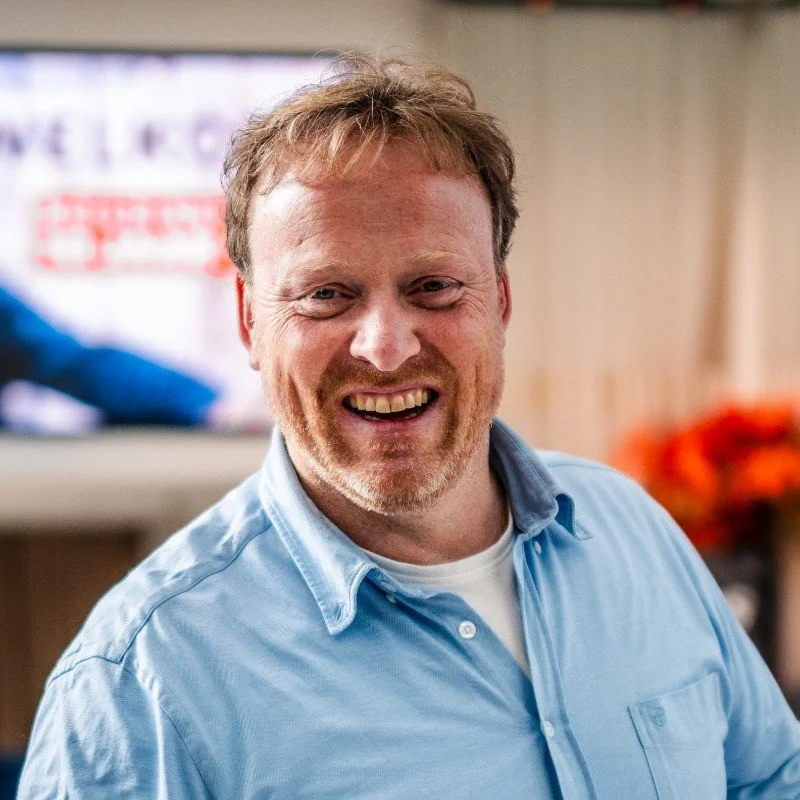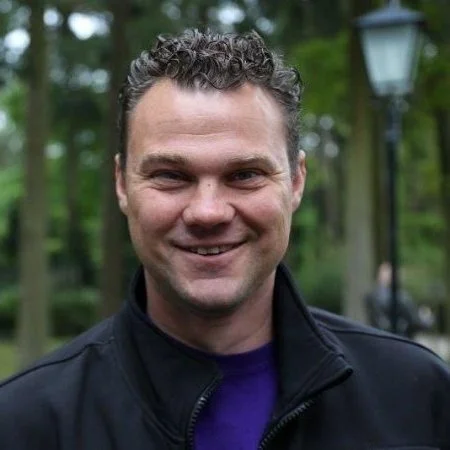Doel: innovatieve oplossingen voor energieflexibiliteit.
Ons doel is het realiseren van betaalbare duurzaamheid: Energie besparen en tegelijkertijd CO₂ verminderen, energie flexibel inzetten om het elektriciteitsnet te ontlasten, en comfort verbeteren zodat gebruikers tevreden zijn. Dit is vooral belangrijk voor kantoren, scholen en zorginstellingen met warmtepompen, warmteopslag en uitgebreide installaties.
Door technieken zoals Model-based Predictive Control (MPC) en digitalisering kunnen gebouwen veel flexibeler met energie omgaan. Dit helpt ook om het elektriciteitsnet te ontlasten, bijvoorbeeld door slim gebruik van opslag, duurzame energie en elektrische voertuigen (EV2B). Onze oplossingen werken samen met bestaande systemen, zodat vervanging niet nodig is. Dankzij schaalbare software en gedeeltelijke automatisering zijn de systemen makkelijk toepasbaar en kunnen ze snel, efficiënt en op grote schaal worden ingezet.
Projectresultaten
BuildInFlexergy heeft als doel gebouweigenaren en -beheerders te ondersteunen bij het behalen van hun duurzaamheidsdoelen via een Learning Community-aanpak, waarbij gebruik wordt gemaakt van modulaire en schaalbare voorspellende regeltechnieken. Deze technieken worden ontworpen als softwareplug-ins die kunnen worden geïntegreerd in een Building Management System (BMS). Het project loopt vier jaar, en over een periode van tien jaar verwachten we onderstaand beschreven resultaten te behalen.
Met deze innovatieve oplossingen kunnen gebouweigenaren en beheerders hun duurzaamheidsdoelen bereiken en bijdragen aan een duurzamer en veerkrachtiger energiesysteem.
Energiebesparing
Bereik meer dan 20% energiebesparing en een vermindering van 25% van de piekbelasting op het elektriciteitsnet.
Geoptimaliseerde Regeltechniek
Add-on modules voor het BMS, voorzien van machine learning voorspellingen en optimalisatie op basis van Key Performance Indicators (KPI’s). KPI’s worden ontwikkeld op basis van de Smart Readiness Indicator. Klanten kunnen de bedrijfsvoering afstemmen door prioriteiten te stellen op kosten, energie-efficiëntie, gebruikerscomfort en energieflexibiliteit..
Geïntegreerd Energiebeheer
Een energie-integratiemodule met dashboards voor het monitoren en beheren van alle energiestromen binnen het gebouw.
Verbeterd Comfort
Regeling en monitoring van het comfort van gebruikers binnen dynamische grenzen, waarmee extra energieflexibiliteit wordt geboden op basis van gebruik.
Lokaal Energiegebruik
Maximaliseer het gebruik van duurzame en opgeslagen energie lokaal om de flexibiliteit van het elektriciteitsnet te vergroten.
Generatieve Ontwerptools
Tools voor het efficiënt ontwerpen van de generatie, distributie en levering van energie.
Geautomatiseerde Softwaregeneratie
Gedeeltelijke automatisering van software-integratie en modulair ontwerp voor efficiënte implementatie.
Kernteam
-

Shalika Walker
Projectleider
-

Wim Zeiler
Projectadviseur
-

Joep van der Velden
Projectadviseur
-

Mohammad Khosravi
Leider Werkpakket 2
-

Martin Bloemendal
Leider Werkpakket 3
-

Paula Chanfreut
Leider Werkpakket 4
-

Phuong Nguyen
Leider Werkpakket 5
-

Rick Kramer
Leider Werkpakket 6
-

Jan-Willem Dubbeldam
Leider Werkpakket 7
Industrie Adviseurs
Partnervertegenwoordigers
Universitaire Onderzoekers




